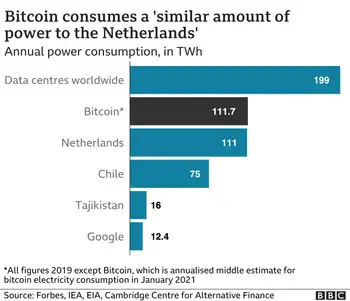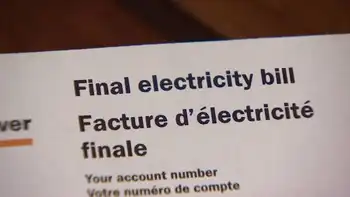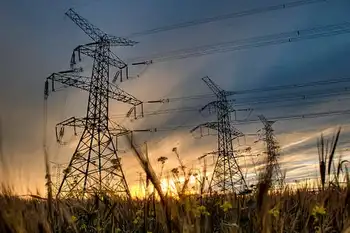Lake wind could power Ontario: report
By Globe and Mail
Arc Flash Training - CSA Z462 Electrical Safety
Our customized live online or in‑person group training can be delivered to your staff at your location.

- Live Online
- 6 hours Instructor-led
- Group Training Available
Still, developers' enthusiasm for offshore wind is building a momentum that could eventually lead to a huge industry that dwarfs other forms of green energy, and even outpaces entrenched technologies such as nuclear and hydro.
That's the conclusion of a report from wind developer Trillium Power Wind Corp., which calculates that the Ontario government has received applications for offshore projects that would generate almost 21,000 megawatts of power, if they all came to fruition.
Currently, Ontario produces about 35,000 MW of electricity, mostly from nuclear plants, natural gas, hydro and coal.
“The potential for offshore wind development on the Ontario side of the Great Lakes is enormous,” the report says. The industry could generate more than $250-billion of economic activity over 15 years, it adds.
Trillium has plans to build a 142 turbine, 710 MW project in eastern Lake Ontario.
The company's report praised Ontario for its new Green Energy Act, which includes a high price of 19 cents a kilowatt hour for electricity generated by offshore wind – more than double the current retail rate.
But Trillium says even higher prices – to compensate for high transmission costs – and a more streamlined approval process are also needed if the offshore industry's potential is to be achieved.
One industry watcher says there is another reason why North America is so far behind Europe in constructing offshore wind farms. Cambridge, Mass-based consulting firm Emerging Energy Research says many potential sites for land-based wind farms are still available on this continent, and these are far cheaper to exploit than offshore sites.
EER said high costs are likely to slow the creation of offshore wind businesses in Canada and the United States. It predicted that the first offshore wind plant in North America won't be built until 2012.
Canada's first is likely to be Naikun Wind Energy Group Inc.'s project in Hecate Straight, off Haida Gwaii in British Columbia. It has received environmental approvals and is now awaiting a purchase agreement from the provincial government. Recently, it was ranked by ReNew Canada magazine as the fifth largest infrastructure project under way in the country.
But the Great Lakes offer the greatest potential, Trillium says, because of the mix of high winds, relatively shallow water, and the proximity of existing transmission lines.
Its report says the Great Lakes have an advantage over the ocean, because there is no corrosion from salt water, tides are non-existent, and waves are relatively small.
Still, the idea of building thousands of wind turbines in the Great Lakes has some environment watchdogs leery.
Mark Mattson, president of research and education group Lake Ontario Waterkeeper, said he is particularly concerned over lobbying by Trillium and other wind developers to further simplify an approvals process in Ontario that has already been streamlined.
“We think more wind [power] is good,” he said, but there must be an opportunity for thorough public input. “The idea that people are red tape, and that their concerns about the ecosystems and habitat of the Great Lakes are somehow barriers to economic prosperity, is antithetical.”











